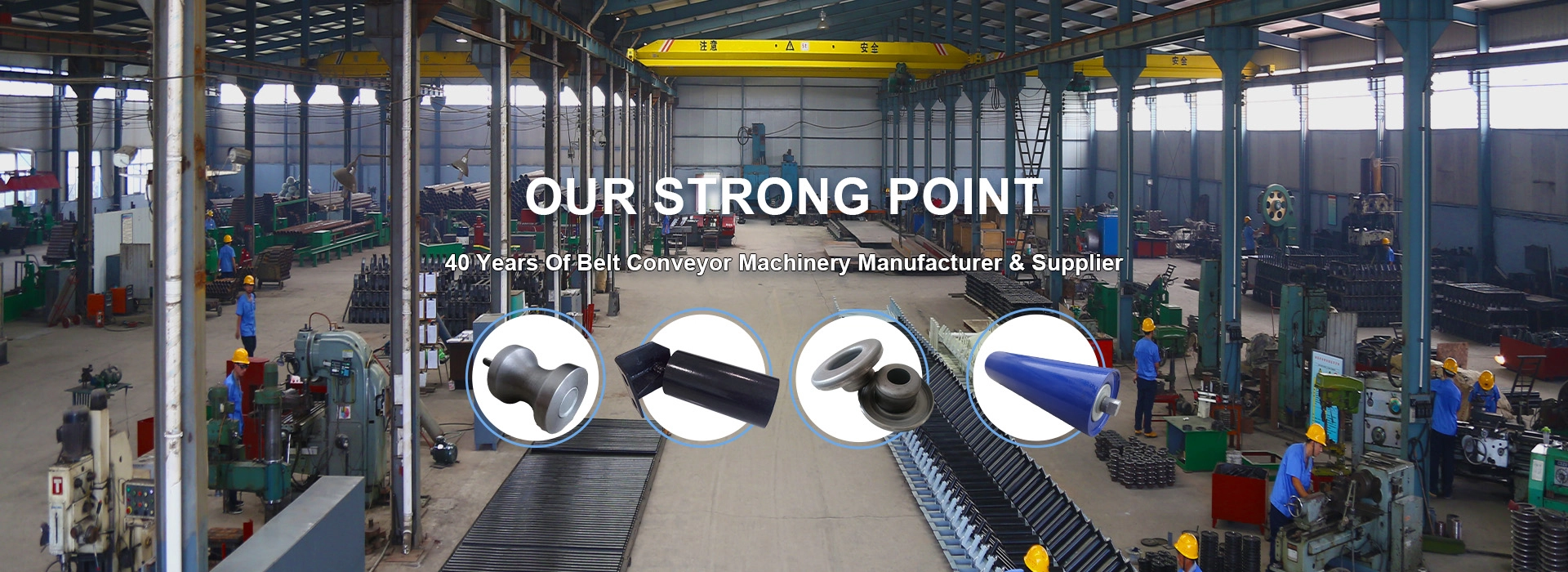 Afrikaans
Afrikaans  Albanian
Albanian  Amharic
Amharic  Arabic
Arabic  Armenian
Armenian  Azerbaijani
Azerbaijani  Basque
Basque  Belarusian
Belarusian  Bengali
Bengali  Bosnian
Bosnian  Bulgarian
Bulgarian  Catalan
Catalan  Cebuano
Cebuano  Corsican
Corsican  Croatian
Croatian  Czech
Czech  Danish
Danish  Dutch
Dutch  English
English  Esperanto
Esperanto  Estonian
Estonian  Finnish
Finnish  French
French  Frisian
Frisian  Galician
Galician  Georgian
Georgian  German
German  Greek
Greek  Gujarati
Gujarati  Haitian Creole
Haitian Creole  hausa
hausa  hawaiian
hawaiian  Hebrew
Hebrew  Hindi
Hindi  Miao
Miao  Hungarian
Hungarian  Icelandic
Icelandic  igbo
igbo  Indonesian
Indonesian  irish
irish  Italian
Italian  Japanese
Japanese  Javanese
Javanese  Kannada
Kannada  kazakh
kazakh  Khmer
Khmer  Rwandese
Rwandese  Korean
Korean  Kurdish
Kurdish  Kyrgyz
Kyrgyz  Lao
Lao  Latin
Latin  Latvian
Latvian  Lithuanian
Lithuanian  Luxembourgish
Luxembourgish  Macedonian
Macedonian  Malgashi
Malgashi  Malay
Malay  Malayalam
Malayalam  Maltese
Maltese  Maori
Maori  Marathi
Marathi  Mongolian
Mongolian  Myanmar
Myanmar  Nepali
Nepali  Norwegian
Norwegian  Norwegian
Norwegian  Occitan
Occitan  Pashto
Pashto  Persian
Persian  Polish
Polish  Portuguese
Portuguese  Punjabi
Punjabi  Romanian
Romanian  Russian
Russian  Samoan
Samoan  Scottish Gaelic
Scottish Gaelic  Serbian
Serbian  Sesotho
Sesotho  Shona
Shona  Sindhi
Sindhi  Sinhala
Sinhala  Slovak
Slovak  Slovenian
Slovenian  Somali
Somali  Spanish
Spanish  Sundanese
Sundanese  Swahili
Swahili  Swedish
Swedish  Tagalog
Tagalog  Tajik
Tajik  Tamil
Tamil  Tatar
Tatar  Telugu
Telugu  Thai
Thai  Turkish
Turkish  Turkmen
Turkmen  Ukrainian
Ukrainian  Urdu
Urdu  Uighur
Uighur  Uzbek
Uzbek  Vietnamese
Vietnamese  Welsh
Welsh  Bantu
Bantu  Yiddish
Yiddish  Yoruba
Yoruba  Zulu
Zulu Belt Conveyor Roller Design and Applications for Efficient Material Handling Systems
Understanding Belt Conveyor Rollers
Belt conveyor rollers play a crucial role in the functionality and efficiency of conveyor systems, which are widely used in various industries such as manufacturing, mining, and logistics. These systems are designed to transport materials from one point to another, and the efficiency of this transportation is largely dependent on the quality and design of the rollers utilized in the system.
Understanding Belt Conveyor Rollers
Idler rollers are used primarily to support the belt and maintain its alignment. They are strategically placed along the conveyor line to reduce sagging and provide a stable surface for the load. The design of these rollers can vary; for instance, they can be constructed with different materials, such as steel or plastic, depending on the application and the weight of the materials being transported.
belt conveyor roller

Drive rollers, on the other hand, are essential for moving the belt. These rollers are connected to a motor and provide the necessary force to propel the conveyor. Their design must take into account the torque requirements and the type of materials being conveyed. Additionally, drive rollers can be equipped with different surface textures to enhance grip, minimizing slippage and improving efficiency.
Return rollers are positioned on the underside of the conveyor to support the belt as it returns to the loading area. They help to maintain the belt’s orientation and prevent it from twisting or misaligning. Like idler rollers, return rollers also play a role in minimizing wear and tear on the belt, thereby extending its lifespan.
In recent years, advancements in technology have led to the development of specialized rollers that improve energy efficiency and reduce maintenance needs. For instance, some rollers are designed to be self-cleaning, which helps reduce downtime and enhances productivity.
In conclusion, belt conveyor rollers are integral components of conveyor systems that contribute to their overall effectiveness. By understanding the different types and functions of rollers, industries can optimize their material handling processes, leading to increased productivity and reduced operational costs. As technology continues to evolve, the future of conveyor rollers looks promising, aiming for even greater efficiency and sustainability.
-
Revolutionizing Conveyor Reliability with Advanced Rubber Lagging PulleysNewsJul.22,2025
-
Powering Precision and Durability with Expert Manufacturers of Conveyor ComponentsNewsJul.22,2025
-
Optimizing Conveyor Systems with Advanced Conveyor AccessoriesNewsJul.22,2025
-
Maximize Conveyor Efficiency with Quality Conveyor Idler PulleysNewsJul.22,2025
-
Future-Proof Your Conveyor System with High-Performance Polyurethane RollerNewsJul.22,2025
-
Driving Efficiency Forward with Quality Idlers and RollersNewsJul.22,2025





























